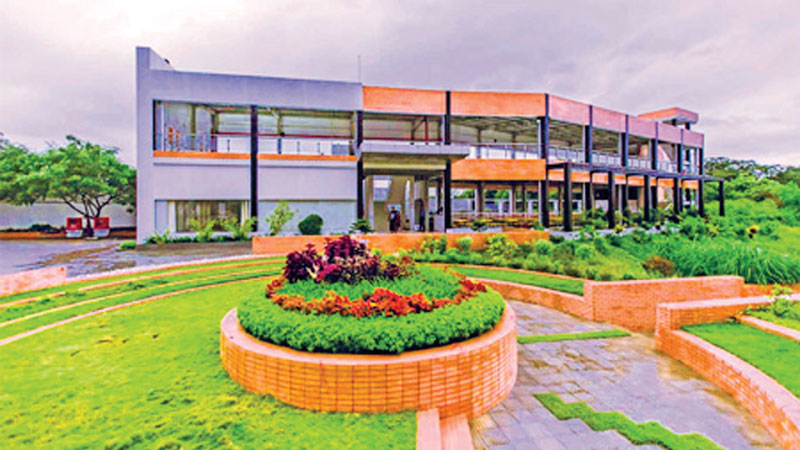[vc_row][vc_column][vc_column_text el_class=”lead mb-xl”]The textile and clothes sector provides the one aspect supply of financial progress within Bangladesh’s speed building overall economy. Exports of materials and garments are classified as the major supply of foreign currency revenue. From 2002, exports of materials, clothes, and ready-made garments (RMG) accounted regarding 77% of Bangladesh’s entire products exports. Through 2013, there is about 5million people working in the industry, which is actually minute simply to Farther east, the actual globe’s second-largest outfit’s exporter of European brands. 60 % of the upload contracts of European brands are usually having EU consumers and regarding 45 per cent having American consumers. The particular cloth market makes up about 76% of the country’s export revenue along with 10% of its GDP. Yet, it is not the first choice of career for most graduates![/vc_column_text][/vc_column][/vc_row][vc_row][vc_column][vc_column_text]How the wage is: The wage of Garments sector (although under discussion) still is less than the corporate character. Most of the corporate garments or apparel firms argued that they are paying a bit higher salary to their workers. Now, there are two sections within a company. The ones who are working in the production line, and the ones who are running the management. There is no actual measuring standard scale to count the difference between the two employee’s salaries. The salary structure of the product line workers is a whole different issue. For the management, salary range is pretty high and satisfactory. Sadly, the highly paid positions are for people with 10-15 years of experience. So, there is less chance for the fresh graduates to get in there at the very beginning. They can eventually get there for sure. But it doesn’t work like magic at all. To summarize, the fresh graduates need to be patient in order to get there. They will probably have to walk past the lucrative MNC salary structure at the beginning of their career. Well, it’s not always about the salary you withdraw. In this sector, you are investing your time to get better, to be irreplaceable, only if you don’t give up in the first few years that is.
How to build a career in RMG sector: Readymade garments industry can be the vast and biggest sector for the job seekers. Normally, the students who want to grow their career in apparel sector need to know about the process to be successful in this field. Generally, they always want people who’ve studied in a related field- Merchandising, Textile Engineering, Finance, Marketing, Human Resource etc. These are some opportunities for the job seekers to qualify in order to get the job in future. Trainings and course work are also helpful to get jobs in the RMG sector.
How to apply: Although prior experience is preferred in the sector, there are opportunities for fresh graduates as well. The industry demands people who are dynamic, hard working, and ambitious. Also, there are other departments like finance, sale where graduates can easily achieve their goal of working in the apparel sector. Generally apparel sector job circular publishes in newspaper and job portal. But according to the present situation, most of the garment industry jobs are being given based on references. Experts suggest that you make better connection with people who are working in the garment industry. This can always increase your chances. I mean that’s how it works in every industry!
Most of the garment industries are trying to develop a positive relationship between the employees and employers. Office environments are changing.
The Professionals’ View: Asking about the future of the graduates having zero experience in the apparel sector, Mr Nurul Islam, chairman of the Well Group says, “Opportunity, of course, is there. The job seekers should create their chances by connecting to the employers. Websites such as Linkedin can be of tremendous help. While connecting to the professionals already working in the sector, they should have the idea to about the field.” He also added, “There is a huge need of talent and the young generation in this field.” Because of the unwillingness of the recent generation in the industry, people are hired to work. Mr Sayed Nurul Islam also added, “we are not getting perfectly trained people who can bid this place instead of the foreigners.” He has requested the universities, both public and private, to open up some courses, which are relevant to the garments industry. According to Mr Md Monowar Hossain, country manager of Asutex, Corporate MBA holders always gets preference because they are likely to understand the nature of different businesses.
Despite a few drawbacks, the RMG sector can be a perfect and smart choice for the job seekers. You only have to be able to see it through.[/vc_column_text][/vc_column][/vc_row]

